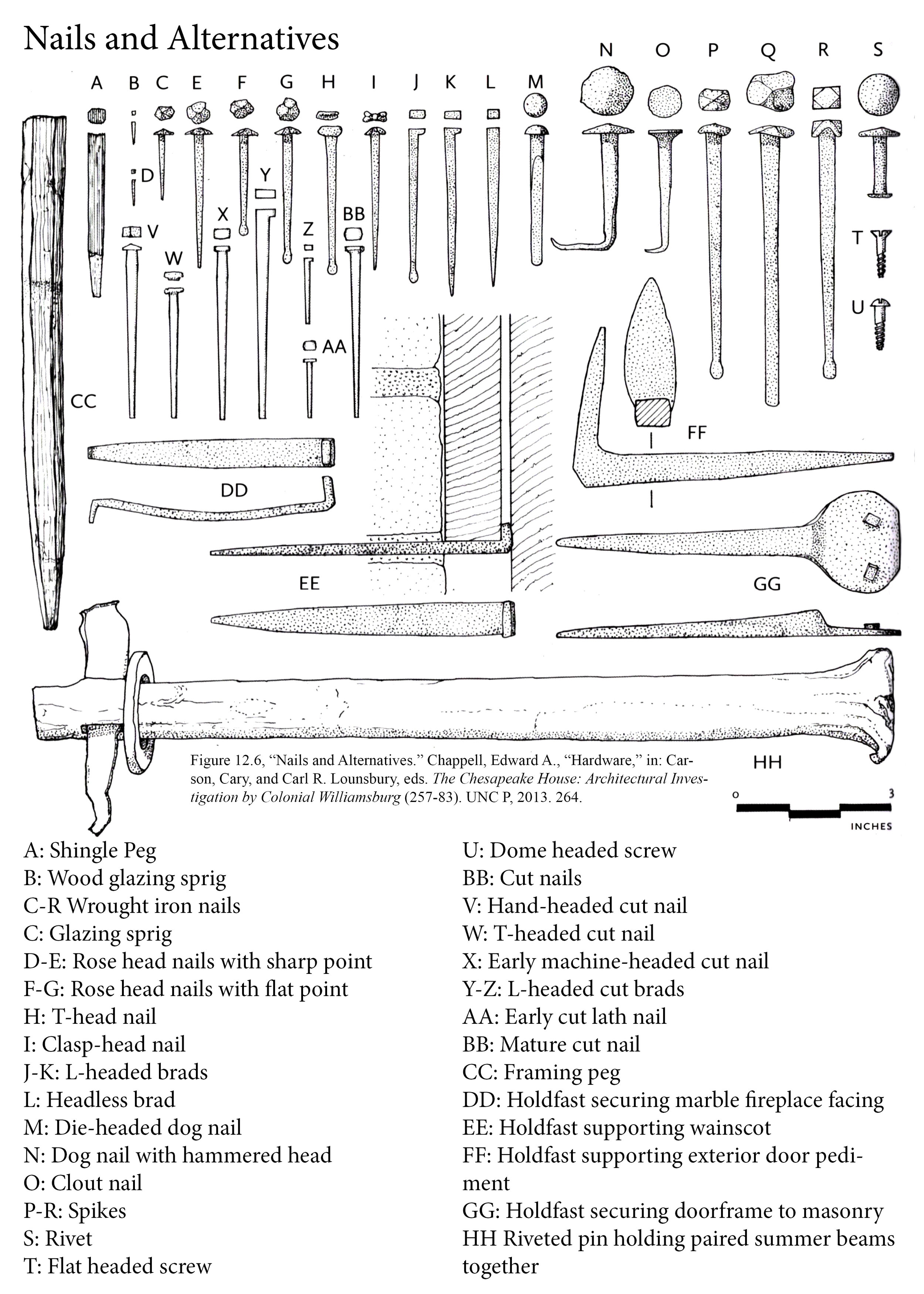Cloverfields as of August 2020: An Extraordinary Find In The Eighteenth-Century Roof
/Learn about how the eighteenth-century roofers working at Cloverfields “swept the valley” and “combed the ridge” of the shingles they installed—and about how sometimes they did not, and instead, they used very thin shingles. These slender shingles and the way they were manipulated and installed constitute, according to historian Willie Graham, an “extraordinary find.”
Read MoreCloverfields as of February 2020: On How An 18th-Century Beehive Oven Was Rebuilt
/In the video above, architectural historian Willie Graham tells us about Cloverfields’ reconstructed beehive oven. The oven is located in the also reconstructed back kitchen.
Read MoreCloverfields as of November 2019: Cloverfields Was One Of First Houses Of The Eastern Shore To Use American Bond
/Experimenting With American Bond
When laying the first brick, the primary decision a mason has to make is whether to lay it as a stretcher or a header. The difference between the two depends on what part of the brick will be the face of the wall, or what part of the brick you will see. When a row is composed of stretchers, you will see the longer side of the bricks. Alternatively, when a row is composed of headers you will see the ends or “heads” of the bricks.
Once he laid the stretcher or the header, the mason has to decide how to arrange the next brick, or what pattern to follow. Some conventional designs include the English, Flemish, and American bond. If the mason alternates layers of headers and stretchers, he will create an English bond. If he decides to lay headers and stretchers alternately within each course, he will create a Flemish bond. The American bond is the easiest to lay. The mason lays mostly stretchers and only puts headers every fifth or sixth course.
The eighteenth-century masons that laid the bricks at the Cloverfields house used a combination of bonds. Some sections are Flemish bond, and some others are a very early version of the American bond.
Read MoreCloverfields as of July 2019: Period Nails Help Date Different Sections of the House and The Structural Frame is Repaired
/In this month’s video historian Willie Graham discusses four different nails: a rose head nail from 1704-5, an early machine-headed cut nail from the 1830s-40s, and L-headed brad from late 18th century, and a common wire nail from 1897. Graham also explains to us how these nails fill in gaps in the chronology of the Cloverfields house.
Read More




